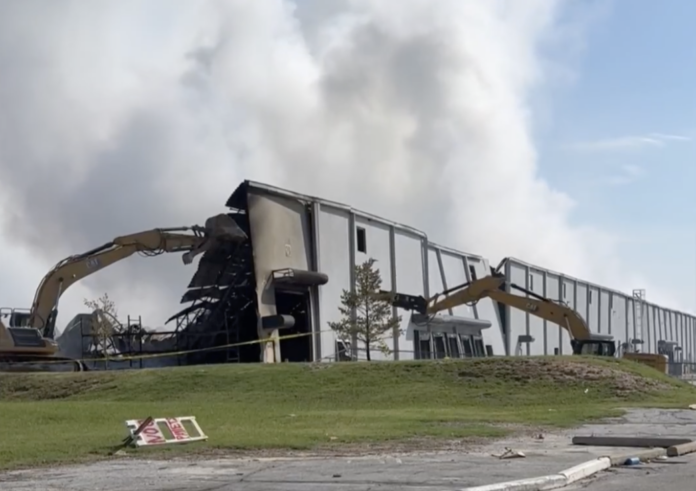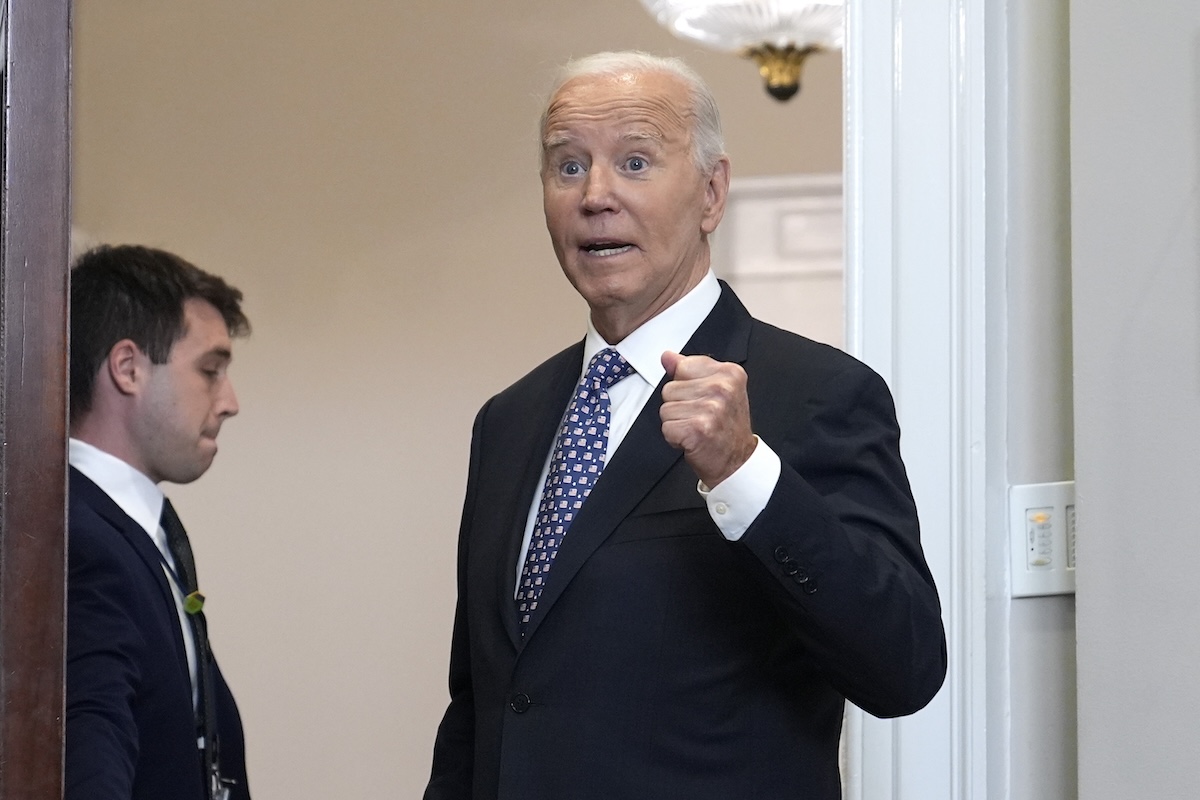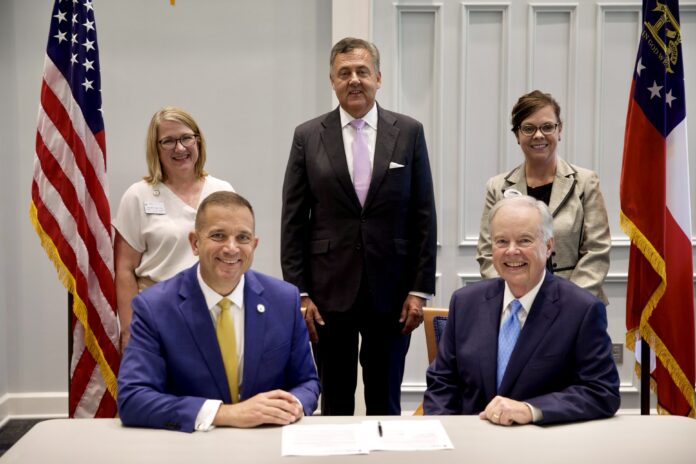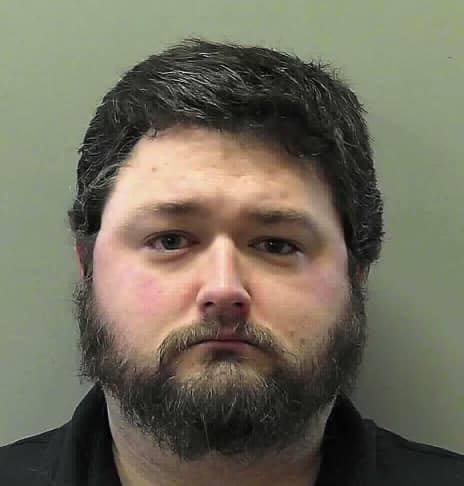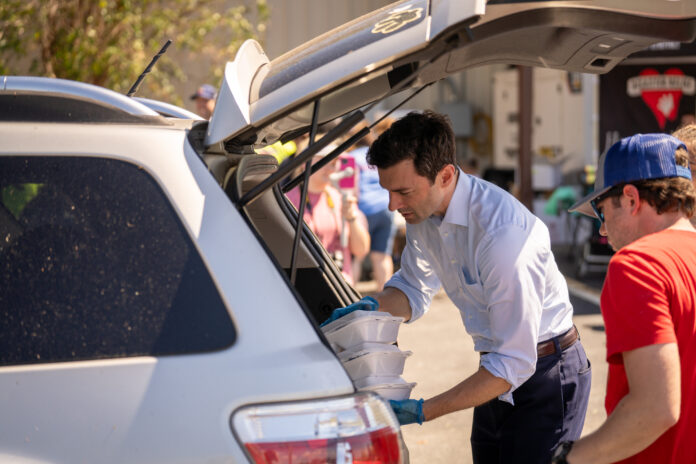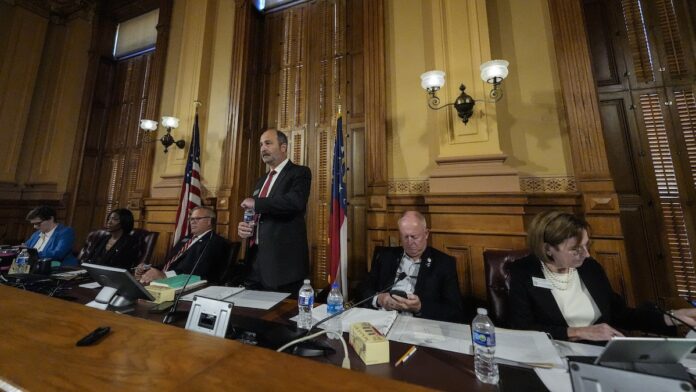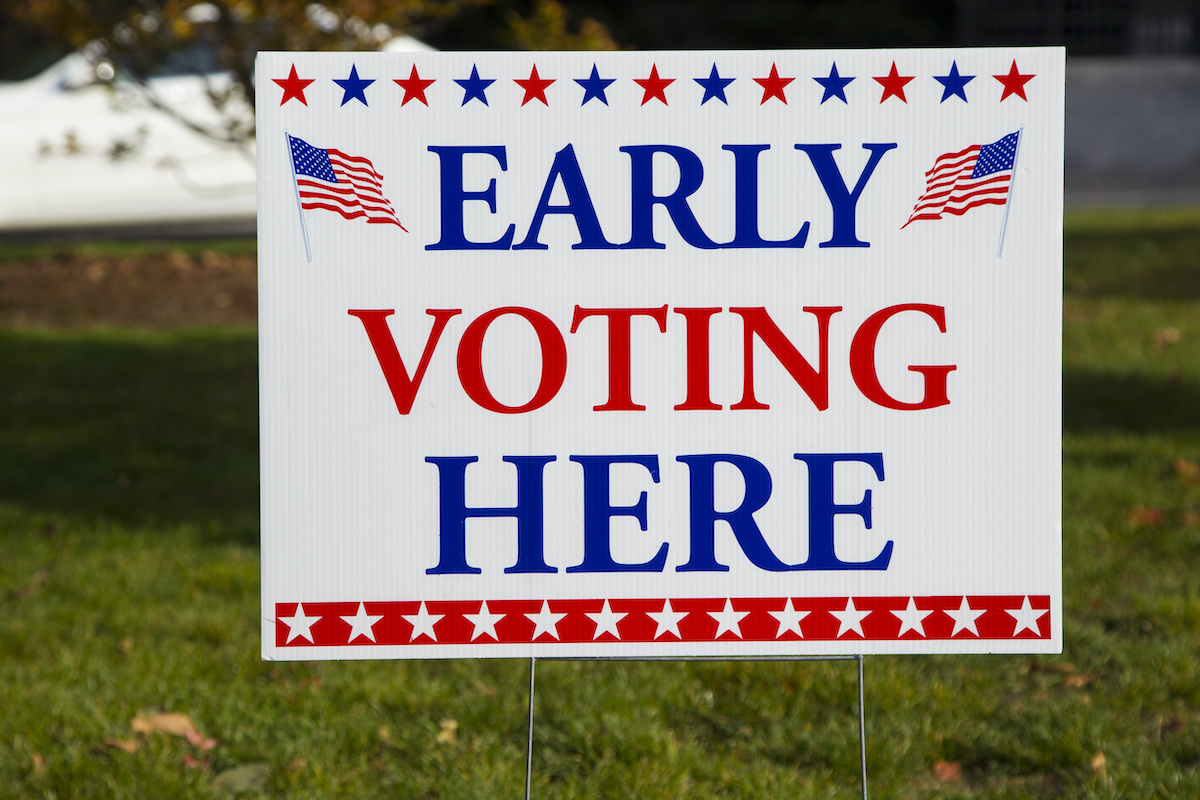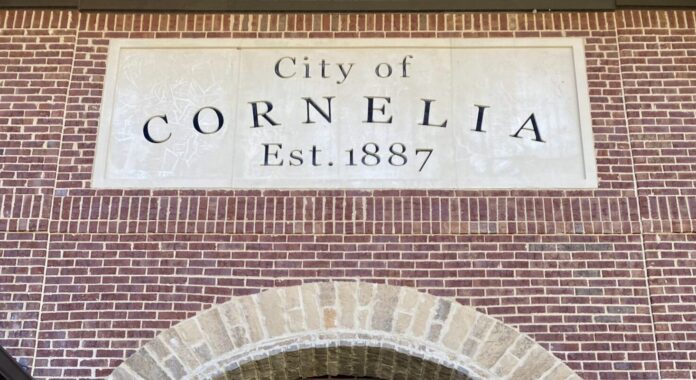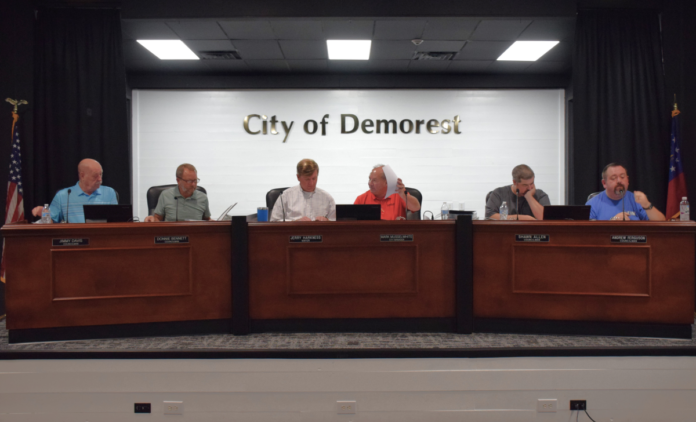WASHINGTON (States Newsroom) — With the clock ticking on former President Donald Trump’s signature 2017 tax law, and high housing, food and child care costs darkening Americans’ mood, tax cuts have become the star of the 2024 presidential contest between Trump and Vice President Kamala Harris.
Trump wants to overall extend his tax provisions beyond the 2025 expiration date and then some, promising to lower the corporate tax rate even further and lift the cap on the state and local taxes deduction.
He argues the loss in federal revenue will be made up by imposing steep tariffs on imported goods.
Tariff is a “beautiful word,” he told a crowd in Savannah, Georgia, Tuesday night, “one of the most beautiful words I’ve ever heard.”
“We will take in hundreds of billions of dollars into our treasury and use that money to benefit the American citizens,” he said.
Harris is running on an “opportunity economy” platform that keeps the Biden administration’s promises to not raise taxes on those making less than $400,000 and enact a “billionaire” tax.
The vice president has also vowed to give tax deductions and credits to budding entrepreneurs and first-time homebuyers, and permanently expand the Child Tax Credit.
“Under my plan, more than 100 million Americans will get a middle-class tax break that includes $6,000 for new parents during the first year of their child’s life,” Harris said Wednesday at a campaign speech in Pittsburgh, Pennsylvania.
Whoever wins the Oval Office will need a cooperative Congress to enact these policies — with the exception of tariffs, over which the president enjoys wide latitude.
What would it cost?
The barrage of proposals has kept economists busy with near-constant and evolving analyses of how much the tax cut promises would add to the nation’s ballooning federal deficit and change the economy.
Both candidates’ plans come with a price tag in the trillions of dollars, though Trump’s is the more expensive of the two.
Models released in late August by the Penn Wharton Budget Model project Trump’s plan would add up to $5.8 trillion to the deficit over 10 years, while Harris’ plan would increase the deficit by up to $2 trillion over the same time period.
“I think that both candidates are missing the mark when it comes to fiscal responsibility and economic responsibility,” the Tax Foundation’s Erica York told States Newsroom in an interview Monday.
“Neither of them have really outlined a plan that would get us on a sustainable path in terms of debt and deficits, nor that would boost growth and opportunity in the economy. Both are likely to have a negative impact on the economy,” said York, senior economist and research director for the foundation, which generally favors lower taxes.
Promise: No taxes on tips, overtime
Trump, followed by Harris, has proposed to nix taxes on tipped workers — though Harris has suggested limiting the benefit to workers in the service and hospitality industries who earn less than $75,000.
She has also said the tax break would not apply to payroll taxes, meaning the contribution workers pay toward Social Security and Medicare. Trump has not detailed any limits on his proposal for tipped workers.
Economists across the board warn Trump’s plan could incentivize more tipped work. They also question whether Trump and Harris’ proposals would actually benefit low-income workers.
After all, tax benefits for lower income workers who have children phase in as the person earns income. Reporting less income means those taxpayers could ultimately see less help from the Child Tax Credit or the Earned Income Tax Credit.
“If you work and you report income, you get these provisions. But if you don’t, you don’t get these provisions. Well, you add exemptions into the tax code that reduces the amount of earned income that you report to the IRS, you could potentially reduce the value of these credits for very low-income households,” Kyle Pomerleau, senior fellow at the conservative-leaning American Enterprise Institute, told States Newsroom in an interview Monday.
For instance, a tipped worker who has one child and earns $24,000 annually, half of which comes from tips, could see a $300 decrease in refundable tax credits under this policy, Pomerleau and senior AEI fellows Alex Brill and Stan Veuger wrote in August.
The same principle for lower income taxpayers applies to Trump’s recent promise to eliminate taxes on overtime.
“There could be a negative effect there, depending on how this is structured,” Pomerleau said Monday.
The nonpartisan watchdog Committee for a Responsible Federal Budget estimates an elimination of taxes on all overtime would cost the country $1.7 trillion in lost revenue over 10 years. With no guardrails preventing workers switching from salaried to hourly, the price tag could reach up to $6 trillion in the most extreme case, CRFB estimates.
Promise: No taxes on Social Security
Economists monitoring the nation’s Social Security coffers continue to sound alarm bells on the program’s solvency — with little reaction on the campaign trail.
The fund that provides money to senior citizens and people with disabilities is on track to be depleted by 2035, and recipients would face an immediate 17% cut in benefits, as the Tax Foundation’s Alex Durante wrote Tuesday.
Trump has mentioned Social Security during campaign rallies and on his social media platform, but in the context of eliminating taxes on the benefit payments.
While low-income recipients do not pay taxes on their benefits, others do and are projected to contribute $94 billion this year back into the fund.
Nixing those taxes could speed up Social Security’s insolvency by one year, according to an analysis by the Committee for a Responsible Federal Budget.
Promise: New corporate tax rates and tariffs
Trump’s 2017 Tax Cuts and Jobs Act, which cleared Congress strictly along party lines, permanently lowered the top corporate tax rate to 21% from 35%.
Harris has vowed, if elected, she will bump the rate up to 28%. Analyses from the CFRB, the Tax Foundation, Penn Wharton and the Yale Budget Lab estimate the increase would raise roughly $1 trillion to $1.2 trillion in federal revenue over the next decade.
The former president wants to cut the rate even further to 15%, a level not seen in the U.S. since the 1930s. Economists estimate the cut would reduce revenue anywhere from $460 billion to $673 billion over 10 years.
“Here is the deal that I will be offering to every major company and manufacturer on Earth: I will give you the lowest taxes, the lowest energy costs, the lowest regulatory burden and free access to the best and biggest market on the planet, but only if you make your product here in America,” Trump said in Georgia Tuesday.
Trump has big plans for products imported into the U.S. He’s planning to impose up to 20% tariffs on most imports, reaching as high as 60% on Chinese goods and 100% on countries that turn away from the U.S. dollar.
That could cost the typical American household about $2,600 a year as costs on consumer goods would shift to the customer, particularly affecting those with lower incomes, according to economists Kimberly Clausing and Mary Lovely at the Peterson Institute for International Economics.
Speaking at a farming roundtable in Pennsylvania Monday, Trump publicly warned John Deere that if the company moves manufacturing to Mexico, he’ll impose a 200% tariff on tractors coming back over the border.
Experts warn another downside is that the policy invites foreign retaliation.
“So if we are, say, exporting Kentucky bourbon to China, China may say, well, to retaliate for the 60% tax on imports, we’re going to place taxes on this export, and that’s going to have a direct impact on the incomes of Americans and make us poorer,” Pomerleau said.
Promise: A billionaire tax
A familiar refrain from Harris and the Biden administration is that billionaires and wealthy corporations should pay their “fair share.”
The U.S. individual tax rate already progresses with an earner’s income, meaning that the higher your income, the higher your tax rate.
Both Harris and Trump want to keep individual tax rates that were lowered across the board in the 2017 law, but Harris is seeking to increase taxes on long-term capital gains, and levy a minimum tax on unrealized capital gains for very high earners.
For those earning upwards of $1 million a year, Harris proposed raising taxes to 28%, up from 20%, on profits made from the sale of an asset, like stocks, bonds, or real estate, that have been held by the owner for more than a year.
The vice president also proposes quadrupling the stock buyback tax to 4%, up from 1%.
For ultra-wealthy households that have more than $100 million in assets, Harris follows Biden in proposing a 25% tax rate — sometimes referred to as the “billionaire tax.”
Those high-wealth individuals would need to calculate their regular income tax liability and compare it to their total net worth, meaning income plus unrealized capital gains, multiplied by 25%.
“Whichever is greater you pay,” Pomerleau explains. “So if you are in a situation where you have a low effective tax rate relative to this broader definition of income, the minimum tax will kick in and you’ll start paying increments.”
The Committee for a Responsible Federal Budget estimates the plan could raise $750 billion in revenue over ten years.
Promise: No SALT cap
Ahead of a mid-September campaign rally on Long Island, New York, Trump pledged to abandon the cap in his 2017 law on the state and local tax deduction — simply known in tax parlance as SALT.
As the law stands now, taxpayers can only deduct up to $10,000 of their state and local tax bill from their federal tax liability.
A full SALT deduction is more valuable for higher income taxpayers, and prior to the 2017 cap, 91% of taxpayers who claimed it lived in California, New York, New Jersey, Illinois, Texas and Pennsylvania, according to an analysis by the Tax Foundation.
Eliminating the cap would cut taxes by an average of more than $140,000 for the highest earning 0.1% of households, according to modeling by the Tax Policy Center, a collaboration between the left-leaning Urban Institute and Brookings Institution.
The Committee for a Responsible Budget estimates the move could cost $1.2 trillion over a ten-year budget window.

